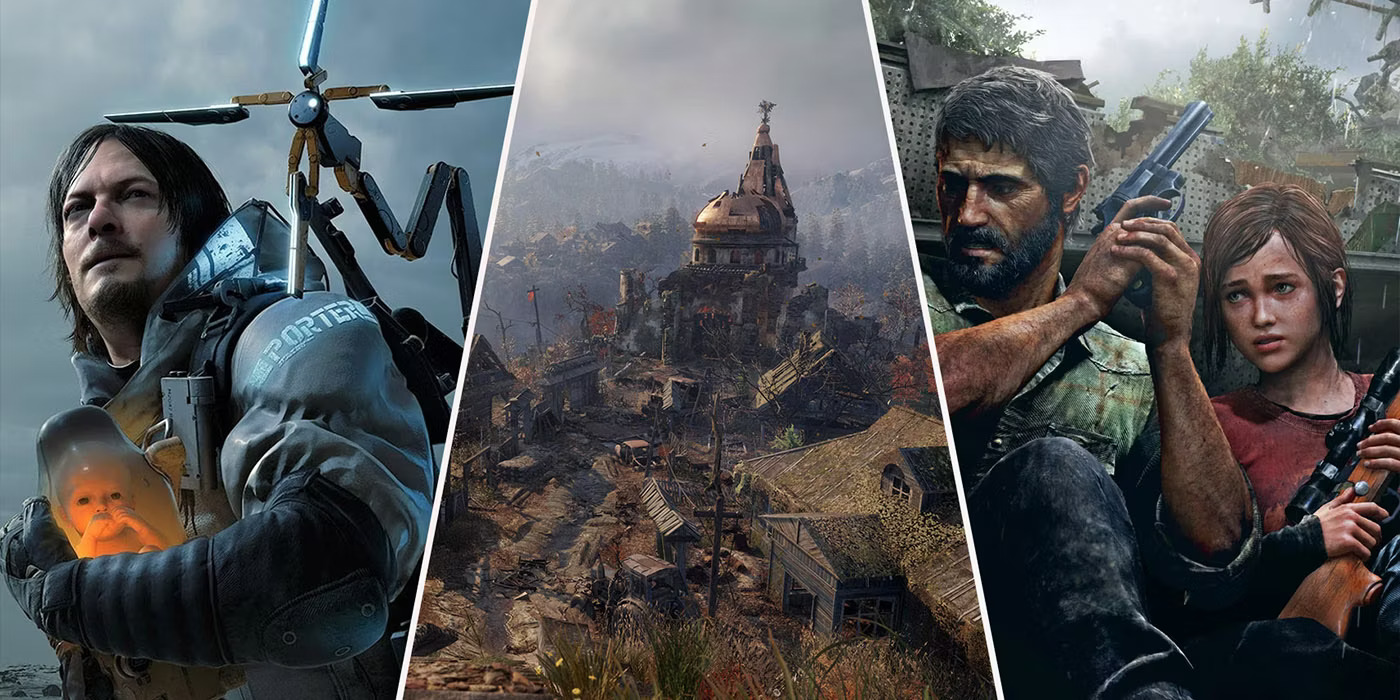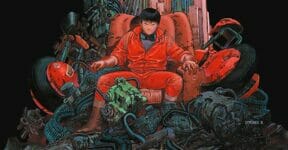Road 96 is a narrative-driven road trip adventure with procedural storytelling elements. Set in a dystopian country on the brink of revolution, players assume the role of multiple teenage runaways attempting to escape the authoritarian regime of Petria by reaching the border.
Each journey is different, shaped by your decisions, route, interactions, and the characters you meet along the way. The game blends exploration, choice-based dialogue, light puzzle-solving, and minigames into an emotional and politically charged odyssey.
It stands out for its experimental structure—combining procedural generation with handcrafted story moments—to explore themes of freedom, resistance, and identity through a shifting cast of characters.
Plot and Setting
Set in the fictional nation of Petria in the summer of 1996, the game revolves around a series of teenagers who are trying to flee an oppressive government. The country is ruled by the authoritarian President Tyrak, with civil unrest brewing as a pivotal election looms.
You don’t play one single character—instead, you experience a series of road trips as various teens, each with different stories, personalities, and fates. Some will make it. Some won’t. Your choices affect not only their outcomes but the political landscape of Petria itself.
The world is vibrant and stylized, ranging from desert highways and run-down motels to gas stations, forests, and city outskirts.

Gameplay Features
Procedural Storytelling
- The journey is different with every playthrough—encounters, events, and routes are randomly assembled from dozens of curated scenes.
- Each segment ties back to seven recurring characters with branching arcs, gradually revealing their backgrounds and roles in the national crisis.
Choices That Matter
- Your decisions—big and small—affect the fate of characters, the political climate, and the nation’s future.
- Cumulative actions across multiple playthroughs determine the final outcome of the election and the resistance movement.
Multiple Playable Teens
- You don’t just follow one protagonist. When one teen’s story ends (successfully or not), you pick up with another, gradually influencing the broader narrative arc.
Exploration and Minigames
- Engage in activities like hacking, hitchhiking, rhythm games, or arcade shooting.
- Travel on foot, by bus, in stolen cars, or with sketchy strangers—each mode of travel carries risks and rewards.
Upgrade System
- Skills like lockpicking, hacking, or sweet-talking unlock new dialogue options or routes, carrying over to future characters.
Themes
Freedom and Oppression
- A central motif is the struggle for liberty in a tightly controlled society. Your characters are always on the edge of capture, violence, or betrayal.
Youth and Rebellion
- The protagonists are all teenagers, navigating the dangers of adulthood and politics under pressure.
Political Agency and Consequence
- The game explores how small actions can ripple through history—voting, protesting, and even conversation choices impact the course of a nation.
Human Connection
- Beneath the politics is a deeply human story about empathy, kindness, risk, and survival.
Visuals and Audio
Road 96 employs a vibrant, cel-shaded art style with exaggerated character designs and atmospheric, diverse environments. Its aesthetic blends retro Americana with surreal political imagery.
The soundtrack is a highlight, featuring synth-heavy tracks and indie anthems that reflect the emotional tone of each journey. Artists include The Toxic Avenger, Cocoon, and Daniel Gadd, among others. The music not only sets the mood but also plays a thematic role in several key scenes.
Have you played Road 96? What’s your favourite part of it? We’d love to hear from you.
Other things you might want to know:
How long does Road 96 take to beat?
Road 96 takes around 8 hours to complete.
Is Road 96 worth buying?
Upon release, Road 96 was praised for its innovation, strong writing, and emotional storytelling. Critics lauded its balance of political commentary and human drama, though some noted occasional tonal inconsistencies due to its procedural format.







